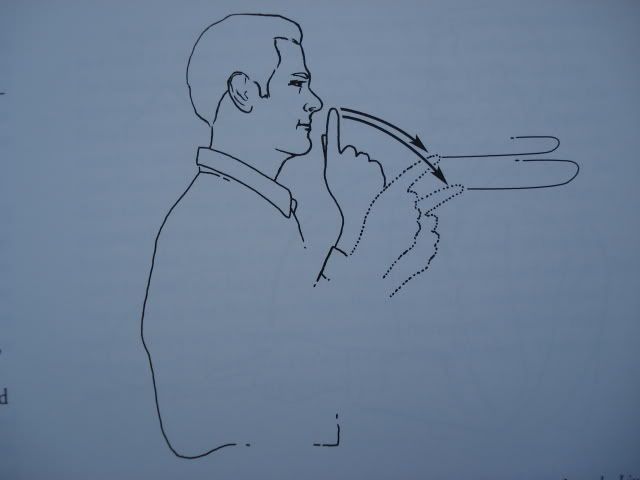Hello everyone!
So today I was practicing my casting, because I'm new, and I started getting tight loops and some distance and I was so happy. Anyways, when I was trying the rollcast, I realized I could only do it successfully with a certain amount of line. I was wondering if this is just the cast or am I doing it wrong?
Second question. When I was practicing I found small knots that had formed on my tipped. This was very annoying. So I tried to do some research and read this happened due to the fly your uaing. However I was knot using a fly and I was just wondering if its from my casting or just because the line 5x was twisting while I was casting and that's why it caused the knots? I am just wondering if it is my fault.
Last question. When I bought my reel I had the nice fellow put the backing and fly line on. Well I have realized that when I reel in all of my line that some of my fly line connects with the reel. I was wondering if I should unwind all of it and cut off a good section of backing and just re-wind it or if I do that it will ruin the backing?
Thank you
So today I was practicing my casting, because I'm new, and I started getting tight loops and some distance and I was so happy. Anyways, when I was trying the rollcast, I realized I could only do it successfully with a certain amount of line. I was wondering if this is just the cast or am I doing it wrong?
Second question. When I was practicing I found small knots that had formed on my tipped. This was very annoying. So I tried to do some research and read this happened due to the fly your uaing. However I was knot using a fly and I was just wondering if its from my casting or just because the line 5x was twisting while I was casting and that's why it caused the knots? I am just wondering if it is my fault.
Last question. When I bought my reel I had the nice fellow put the backing and fly line on. Well I have realized that when I reel in all of my line that some of my fly line connects with the reel. I was wondering if I should unwind all of it and cut off a good section of backing and just re-wind it or if I do that it will ruin the backing?
Thank you

